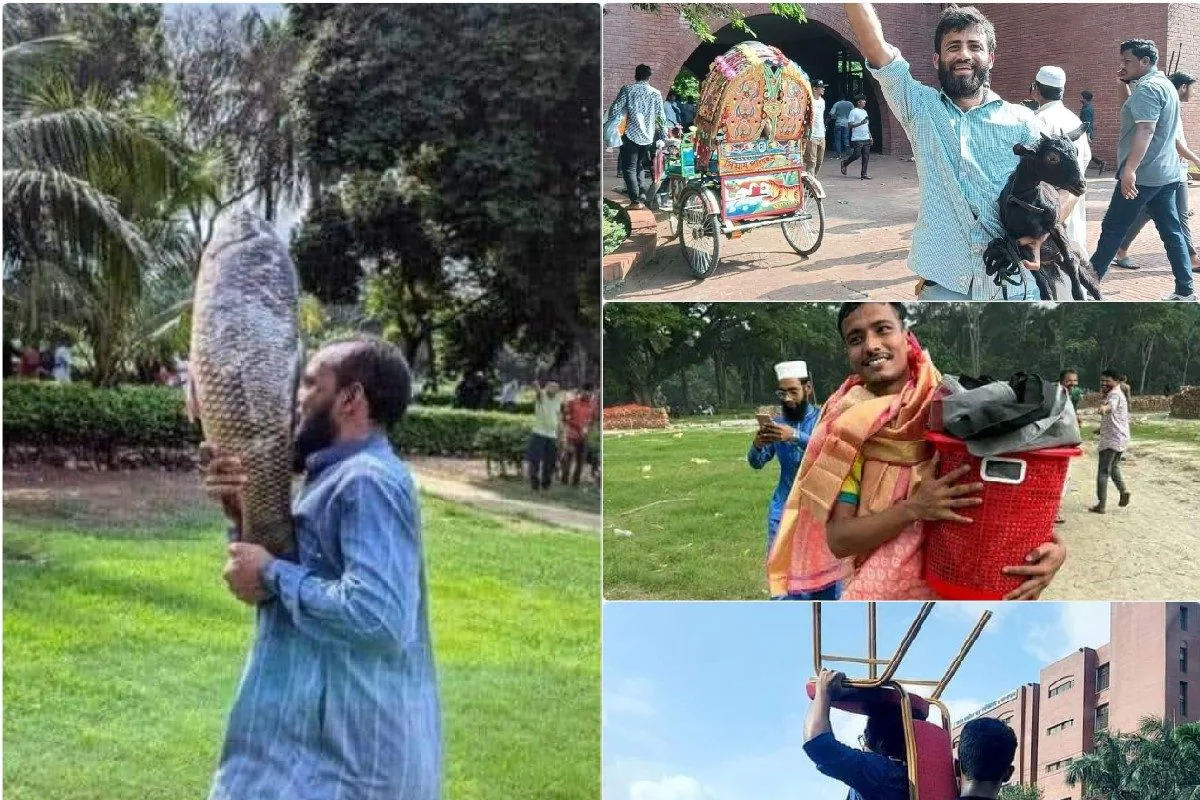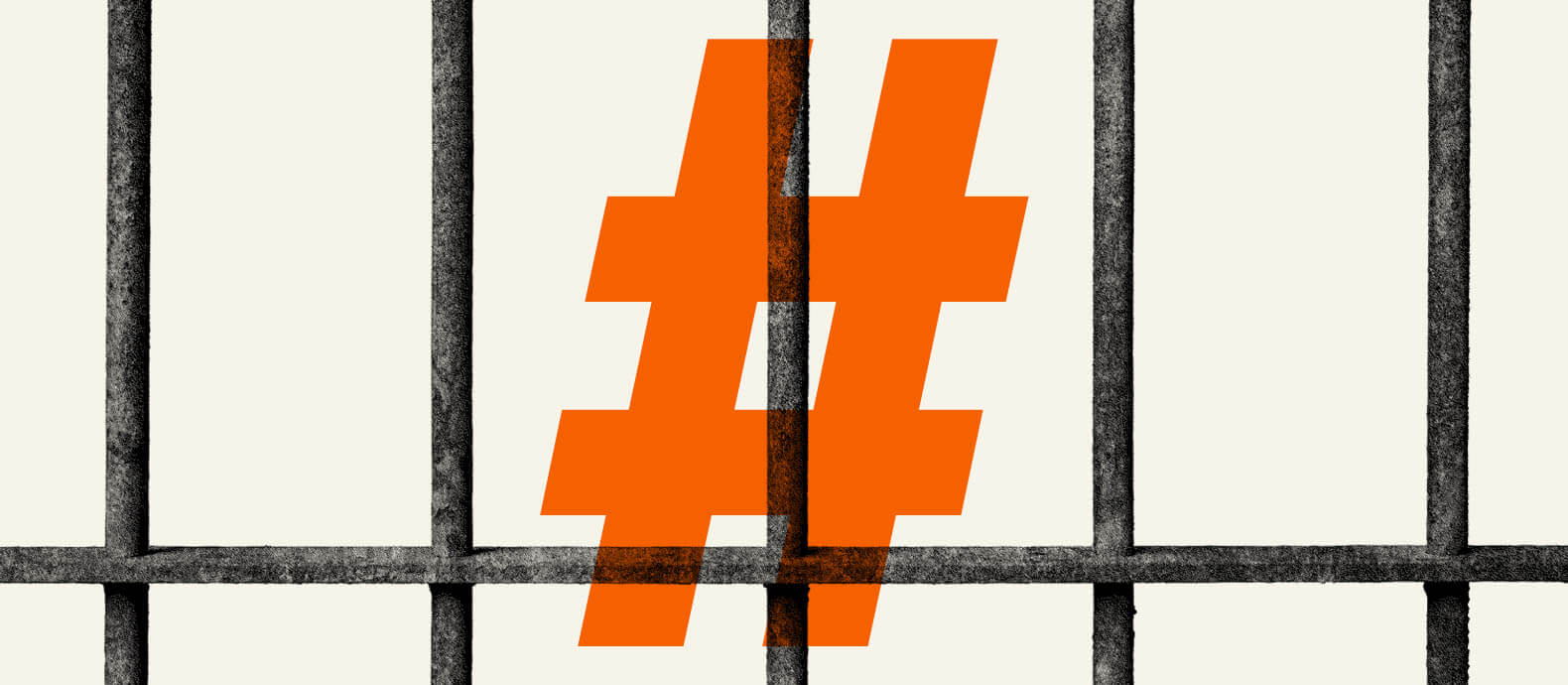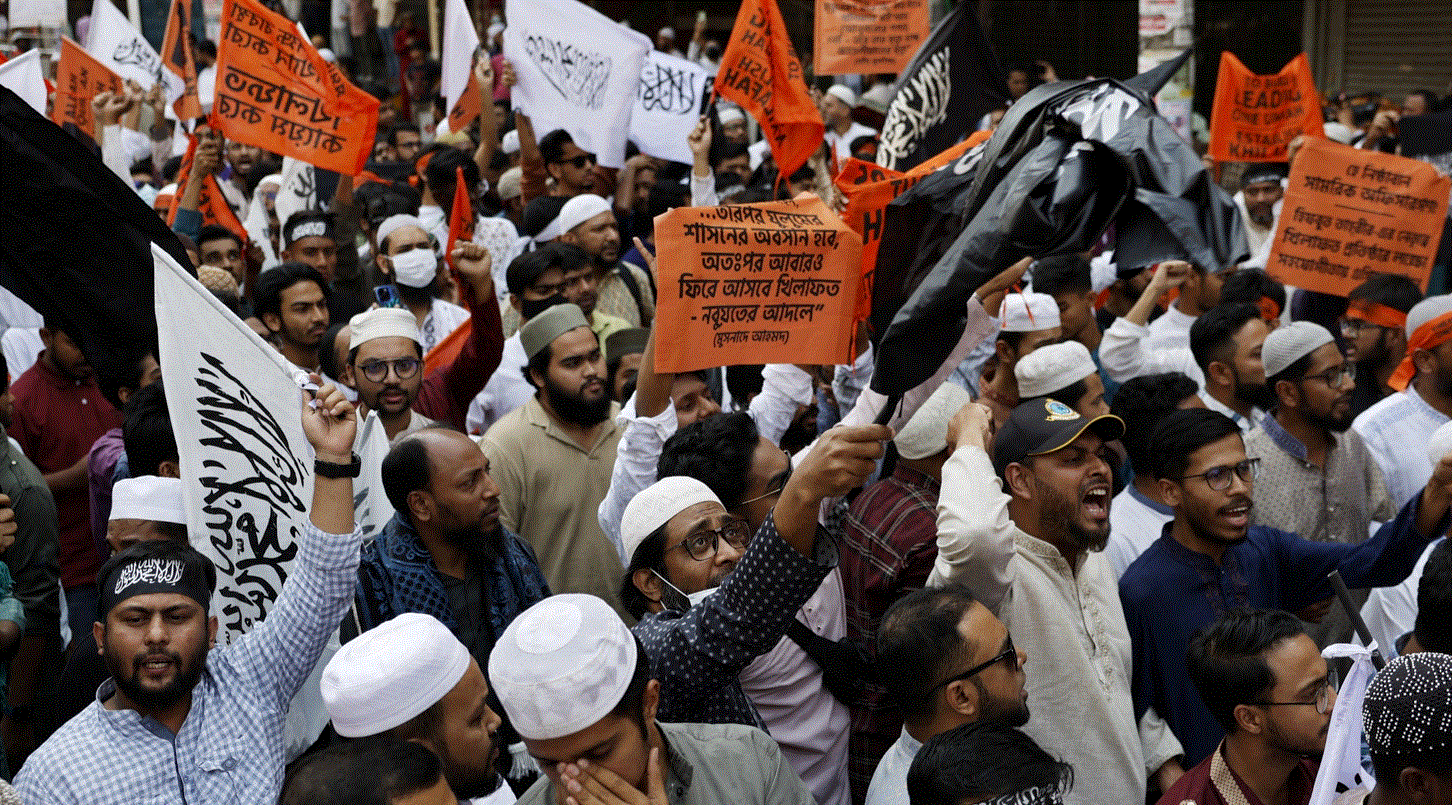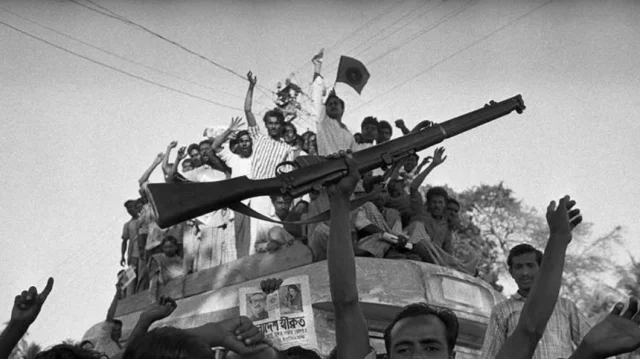In an era where change is broadcast live and justice is hashtagged, Generation Z has…

How “Loot” Becoming A National Character
Dipu Ahkam
The First Wave of Terror
In the afternoon of August 5, upon news of Sheikh Hasina’s departure from the country, in celebration, the demonstrators marched towards the Prime Minister’s Office, the Ganabhaban (Prime Minister’s official residence), and the Parliament complex. During this time, a large number of people entered these buildings and carried out widespread vandalism and looting. They took away whatever they could lay their hands on—furniture, televisions, refrigerators, clothes, frozen fish, ducks, chickens, goats—and emerged rejoicing. Many were even seen uprooting trees and shrubs from the gardens. Some brandished saris and undergarments in triumph. It was a vivid display of mass looting.
Circulated Videos on social media revealed that many of the looters belonged to the educated sections of society. Among them was former footballer Kaiser Hamid, who was seen carrying away items along with his wife and daughter. One army personnel was spotted leaving with a laptop. The army members deployed for the security of the Ganabhaban did not attempt to stop the pillage. After the looting, the Ganabhaban was set on fire.
This incident set in motion an unchecked wave of looting that spread from the capital to the remotest corners of the country.
Around 4 p.m., an attack was launched on the Bangabandhu Memorial Museum housed in the three-storied residence of Bangabandhu Sheikh Mujibur Rahman at Dhanmondi 32. Every floor—laden with the memories of Bangladesh’s struggle and Liberation War—was ransacked and then set ablaze, destroying priceless historical relics. Simultaneously, looting occurred.
That same day, Sheikh Hasina’s late husband, Wazed Miah’s residence, Sudhasadan in Dhanmondi, several official residences of ministers and state ministers in Minto Road (known as the “Ministers’ Colony”), as well as the residences of the Attorney General and several judges, were vandalized and plundered.
On August 5, homes of various ministers, MPs, and political leaders across the country were attacked, vandalized, looted, and set on fire. Among the most notable targets were the residences of former President Md. Abdul Hamid, Road Transport and Bridges Minister Obaidul Quader, Local Government Minister Tajul Islam, Public Administration Minister Farhad Hossain, Land Minister Narayon Chandra Chanda, and Social Welfare Minister Dr. Dipu Moni.
In Bajitpur of Kishoreganj, MP Afzal Hossain’s “MP Market” and the market owned by his nephew, Gazirchar Union Parishad Chairman Jewel Miah, were attacked and looted. The duplex residence of Mashrafe Bin Mortaza, MP for Narail-2, and the two-storied house of Subash Chandra Bose, President of Narail District Awami League, along with properties of many local leaders, were vandalized and robbed.
In Sherpur District, the Sadar Police Station, the magistrates’ dormitory of the district administration, the Shreebordi Upazila Council office, various Union Parishad buildings, Awami League offices, and the residence of Sanuar Hossain Sanu, MP and General Secretary of Sherpur District Awami League, were all subjected to vandalism, looting, and arson.
In Araihazar of Narayanganj, the residence of Whip Nazrul Islam Babu in Krishnapura, the textile mill and home of municipal councillor Jahangir Hossain, and the houses of three MPs in Lalmonirhat were attacked and looted. Similar destruction and arson occurred at the residences of Munshiganj-3 MP Mohammad Faisal Biplob, State Minister Shafiqul Rahman Chowdhury, and MP Ranjit Sarkar in Sylhet, where two pharmacies were burned and a fashion house looted.
In Rajshahi’s Ranibazar, the political office and residence of City Mayor and Awami League leader AHM Khairuzzaman Liton were attacked. In Dinajpur, the home of District Awami League President and MP Bir Muktijoddha Mostafizur Rahman Fizar, met the same fate.
In Mymensingh’s Trishal, homes and offices of the MP and several Awami League leaders were vandalized and plundered. In Taraganj, Rangpur, attackers stormed the fertilizer warehouse of Awami League President Atiar Rahman and looted 460 sacks of fertilizer.
On August 6, homes of at least 20 MPs, including recently ousted Religious Affairs Minister Faridul Haque Khan, Food Minister Sadhan Chandra Majumder, and State Minister Zunaid Ahmed Palak, were vandalized, looted, and set ablaze.
In Bagerhat District, at least 100 Awami League and affiliated offices, residences, and businesses were attacked in the same manner. In Barguna, the scale of violence against Awami League offices, homes, and businesses was immense, along with the looting of over a hundred ordinary traders’ establishments.
At a press conference on August 11 in Barguna Press Club, businessmen alleged that after the fall of the government, they were extorted for huge sums of money. Upon refusal to pay, their shops were attacked and looted of millions of takas in merchandise.
In Khoromopotti of Kishoreganj town, the offices and community center operated by the Freedom Fighters were heavily vandalized, set on fire, and looted, causing losses of nearly 100 million takas. On August 5, every floor of the three-storey building was ravaged. The Sadar Upazila Freedom Fighters’ tin-shed office was looted as well. Seven air-conditioners, forty ceiling fans, a computer, a laptop, a laser machine, a camera, a photocopier, a generator, furniture, kitchenware, doors, chairs, carpets, basins, and stair railings were all stolen.
At noon on August 5, the Army Chief assured the nation in a speech that the military was assuming responsibility for citizens’ safety. Three days later, an interim government was formed under Chief Adviser Dr. Muhammad Yunus.
While many blamed the immediate anarchy and the fragile state of the police for the looting, vandalism, and arson during the transfer of power, the second wave of destruction six months later disproved this notion. Some had warned from the outset that this was organized, structural terror, and subsequent events validated their claims.
The Second Wave: Bulldozer Terror
On February 4, 2025, the verified Facebook page of Bangladesh Chhatra League announced that Sheikh Hasina, residing in India, would address the students via an online speech.
On February 5, at noon, the verified Facebook page of the Anti-Discrimination Student Movement—which had led the anti-Hasina protests and was known as the interim government’s “powerhouse”—posted:
“If any media broadcasts the speech of this killer, genocidal, fascist Hasina, it must be ready to face the consequences.”
Later, at a press conference, the group’s convener, Hasnat Abdullah, stated that any media airing Hasina’s address would be deemed her accomplice. That evening, at 6:25 pm, he posted from his verified Facebook account:
“Tonight, the sacred land of Bangladeshi fascism will be liberated.”
Throughout the day, numerous activists had declared on social media that a “bulldozer march” towards Dhanmondi 32 would be organized. Around 9 pm, the July Revolutionary Alliance also announced a program heading for Dhanmondi.
On the afternoon of August 5, 2024, this historic residence and memorial museum had already been vandalized, looted, and set on fire. Again, on February 5, 2025, at around 8 pm, a group of violent individuals stormed the premises shouting slogans. They began vandalizing the property. Around 8:45 pm, they set the house ablaze.
Meanwhile, another group set fire to Sudha Sadan, the Dhanmondi residence of Awami League President Sheikh Hasina. Police were seen stationed on Mirpur Road near the entrance to House No. 32, while later, around 9 pm, army personnel arrived on the street. Neither the police nor the army intervened.
At approximately 10:45 pm, a bulldozer (excavator) was brought to demolish the house. Throughout the night, it was used to tear down the structure. By morning, a large portion of the front three stories had been demolished. Journalists present were informed that work would continue until the remaining structure was flattened.
That same night, in Khulna, the three-storied home of Sheikh Hasina’s paternal cousins—known locally as Sheikh Bari—was razed by a bulldozer. In Kushtia, the house of Mahbubul Alam Hanif, Awami League’s Joint General Secretary and former MP, was bulldozed. In Cumilla, the house of former MP A.K.M. Bahauddin Bahar and the Awami League’s metropolitan office were vandalized and set on fire—properties that had already been looted on August 5.
The residence of Advisory Council Member and former Minister Tofail Ahmed, the former MP of Bhola-1 (Sadar), was attacked and torched. In Pirojpur, the house on Parerhat Road belonging to District Awami League President A.K.M.A Awal and his brother, former municipal mayor and district Vice President Habibur Rahman Malek, was vandalized and set alight. Later, Malek’s filling station in the city’s New Bus Stand area was ransacked. The residence of Akhtaruzzaman Fulu, Joint General Secretary of District Awami League, in Khamkata village of Sadar Upazila was also set ablaze.
In the morning of February 6, the Noakhali District Facebook page of the Anti-Discrimination Student Movement posted:
“Revolutionaries of Noakhali, be ready with bulldozers. March to Kauwa Quader’s house! Today at 11 am.”
Subsequently, the ancestral home of Obaidul Quader, Awami League General Secretary and former Minister, located in Mia Bari, Bororajapur village of Basurhat Municipality, Companiganj Upazila, was attacked, vandalized, and set on fire.
That same day, in Bagha’s Arani Municipality of Rajshahi, the residence of former State Minister for Foreign Affairs and MP Shahriar Alam was set ablaze. In Narundi, the ancestral home of Awami League leader Mohammad Ali, father of actress and filmmaker Meher Afroz Shaon, was set on fire.
In Khoromopotti of Kishoreganj town, the house of former President Abdul Hamid was also attacked and set ablaze. In Bogura, the offices of the District Awami League and the District JASAD (Inu) were demolished. Later, the Awami League office was mockingly declared the “Awami Abu Jahl Toilet” and the JASAD office was labelled the “Abu Sayeed Grand Mosque.”
In Savar, a “March to Manjuri” was proclaimed. Attackers stormed “Raj Manjuri,” the ancestral residence of Manjurul Alam Rajib, General Secretary of Upazila Awami League, and his brother Fakhrul Alam Samar, Joint Secretary. Local resistance prevented them from setting it on fire.
On February 7 at 10 pm, a group calling themselves “Student Public” attacked and began looting the home of former Liberation War Affairs Minister and Gazipur District Awami League President A.K.M. Mozammel Haque in Ward 31 of Dhirashram, Dakshinkhan, Gazipur. Announcements were made via mosque loudspeakers calling on people to intervene, claiming a robbery was in progress. Locals surrounded the property. As the attackers fled, fifteen were caught, beaten, and injured. Army personnel later rescued them and transported them urgently to Shaheed Tajuddin Ahmed Medical College Hospital.
The Anti-Discrimination Student Movement, supporting the interim government, claimed the attackers as their members and announced a nationwide protest against the injuries inflicted on what they called “innocent students,” alleging they were assaulted by Awami League “terrorists.” Subsequently, cases were filed against 239 Awami League members, and large-scale arrests ensued.
That night, the ancestral house of former Army Chief Moeen U Ahmed in Begumganj Upazila of Noakhali was attacked, vandalized, and burned.
The Third Wave of Terror: The Gaza Pretext
Another wave of vandalism and looting unfolded in the first week of April. Under the banner of Tawhidi Janata, protests were announced nationwide on April 7 to condemn Israeli genocide in Gaza.
From one such demonstration in Sylhet city’s Mirboxtula area, a mob attacked and ransacked a KFC restaurant and a newly opened hotel. One after another, outlets of Bata, Unimart, and several other prominent brands were looted and smashed.
At around 12:30 p.m., in Cox’s Bazar’s Sugandha area, a group of young men vandalized KFC, Pizza Hut, and Pansi. Between 12:30 and 1 p.m., in Bogura’s Satmatha area, the Bata shoe store was attacked by the Tawhidi Janata. In Gazipur’s Boardbazar, the Bata showroom met the same fate. Around 4:15 p.m., in Chattogram’s GEC intersection, KFC and Pizza Hut were vandalized. For many years, Bangladeshis have demonstrated in solidarity with oppressed Palestinians, but never before had such protests turned into systematic looting and destruction.
More Than Political Revenge: A Social Affliction
Immediately after the change of power on August 5, looting reached even the remote river islands (chars) of Mehendiganj and Hizla upazilas in Barishal, which are cut off from the mainland. Criminal gangs arrived in trawlers to steal hundreds of cattle and buffalo grazing openly on hundreds of acres. They also seized the farmers’ harvests.
In Kainagar of Chandpai Union, Mongla Upazila of Bagerhat, the home and shrimp enclosure (gher) of Hashem Fakir were attacked and looted. The attackers occupied his 156-decimal shrimp farm.
In the Charghat upazila of Rajshahi, government water bodies were indiscriminately seized, and their fish were stolen. Continuing this spree, in the first week of March 2025, at least 10 fisheries in Sunamganj’s Shalla, Derai, and Jamalganj upazilas were looted. The legal leaseholders, who paid the government enormous revenue, were left penniless as millions of takas worth of fish disappeared.
In Rupdia Madhyapara of Jessore Sadar, 14 homeless families had been sheltered for over 50 years by landowner Sayeed Box. After his death, Jamaat leader Khabir Khan and his followers began claiming ownership. Though they failed in court, after August 5, they renewed threats to seize the land. On the morning of April 13, 2025, 60–70 armed Jamaat activists attacked, demolished all 14 homes, and beat men and women. Victims alleged that the attackers looted everything before leaving. Although police arrived, they did nothing, and the residents reported receiving new threats of another attack.
Seizing the opportunity created by the power vacuum, within hours in Sylhet’s Gowainghat and Companiganj upazilas, enormous quantities of stones—worth hundreds of crores of takas—were looted from the famous “white stone” areas of Jaflong and Bholaganj. From the evening of August 5 through the afternoon of August 6, hundreds of small boats carried away stone without obstruction.
In Jaflong, Awami League activists’ homes and businesses were also looted and torched. From Jaflong, Bholaganj, and Lovachhara—and all Sylhet’s quarries—the mass plunder continued unabated.
According to a report in Prothom Alo on June 10, 2025, in the 10 months following August 5, nearly 20 billion takas worth of stone had been looted—more than the total amount stolen over the prior 15 years combined.
Looting, vandalism, arson, and land-grabbing have grown into a form of nationwide anarchy, not merely an act of political revenge. Nor have only Awami League leaders, workers, and supporters been the victims. Rather, through the government’s inaction and tacit approval, this disorder has spread across society, harming countless apolitical citizens.
In the 54 years since the Liberation War of 1971, Bangladesh had not witnessed such mass lawlessness.
As part of their effort to unseat the uncompromisingly nationalist Awami League government, the US- and Euro-centric powers engineered a “Colour Revolution.” One of its key tactics was to destabilize society and perpetuate that instability.
Marie Masdupuy, the French ambassador to Bangladesh and a prominent figure behind this Colour Revolution conspiracy, compared the occupation of the Ganabhaban to the storming of the Bastille fortress. On July 12, while speaking at France’s National Day reception in Dhaka, she remarked:
“You have occupied the Ganabhaban as the symbol of a hated regime. Nearly a year has passed, and you will soon commemorate August 5. The values you are fighting for are very familiar to us.”
One day, I hope to be able to tell the French ambassador: those values may be familiar to you, but they are not ours. Unlike the French, we did not colonize nations around the world, nor did we enrich ourselves by plundering others’ resources. That is why we do not glorify looting.
The epidemic of looting that began on August 5 with the Ganabhaban was not spontaneous; it was planned. One day, we will surely defeat these international looters and their local collaborators.
Daily Prothom Alo, Samakal, Dhaka Tribune, BBC, Voice of America, Deutsche Welle, along with various national and international media outlets. Daily Prothom Alo, Samakal, Dhaka Tribune, BBC, Voice of America, Deutsche Welle, along with various national and international media outlets.
- https://tinyurl.com/4wzpbczb
- https://tinyurl.com/y6sukycc
- https://tinyurl.com/msufureb
- https://tinyurl.com/4m4wt8z7
- https://tinyurl.com/ybhmwvad
- https://tinyurl.com/ynh35dc7
- https://tinyurl.com/3cz59m45
- https://tinyurl.com/5ydjse4a
- https://tinyurl.com/577x45bh
- https://tinyurl.com/2s3u8hzb
- https://tinyurl.com/bd34tx82
- https://tinyurl.com/2rwhdmu8
- https://tinyurl.com/9ahxur6u
The author is the writer of the book “101 Days of Bangladesh 2.0




Comments (0)